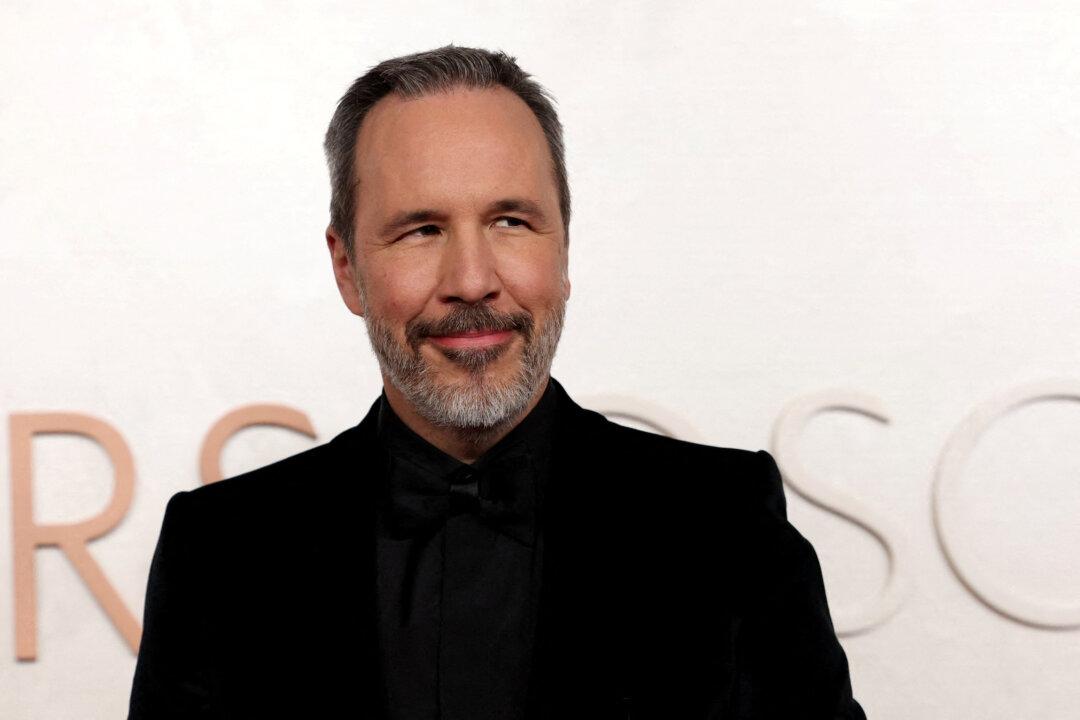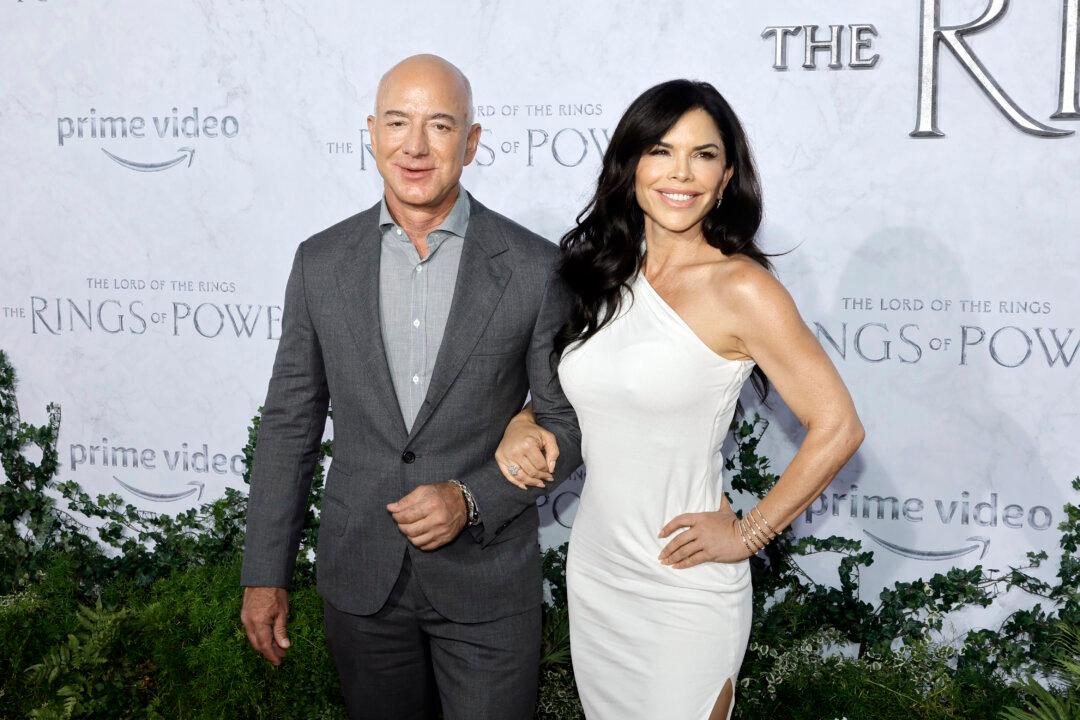BRUSSELS—Defense spending by European NATO states inched up for the first time in seven years in 2016, the military alliance said on Monday, but still remained below the threshold the new U.S. President Donald Trump said was crucial to achieve.
Trump made NATO states in Europe nervous when he criticized the alliance as “obsolete” during election campaign and then went on to suggest he could make U.S. commitment to their security conditional on them meeting the alliance’s target of defense spending at two percent of their economic output.
Trump has since reaffirmed support for NATO but insisted Europeans must “pay their fair share.” His aides have said Trump wants to see progress on that by the end of this year and that Washington could otherwise “moderate” its support.
NATO said the U.S. defense spending last year stood at 3.61 percent of its Gross Domestic Product, compared to 3.58 percent in 2015. That compares to 1.47 percent for NATO’s European allies last year and 1.44 percent the year before.
NATO’s overall figure for 2016 stood at 2.43 percent versus 2.40 percent in 2015.
“There has been progress but the job is far from done, we still have no fair burden-sharing within our alliance,” NATO’s Secretary General Jens Stoltenberg said. “It is realistic that all allies reach the goal of two percent.”
Stoltenberg said Romania was due to meet the target this year, with Lithuania and Latvia expected to follow in 2018.
“This is not just about a call from the Unites States and President Trump... It is in Europe’s best interest to spend more on defense. We have a long way to go but at least after years of decline, we are now starting to see an increase.”





